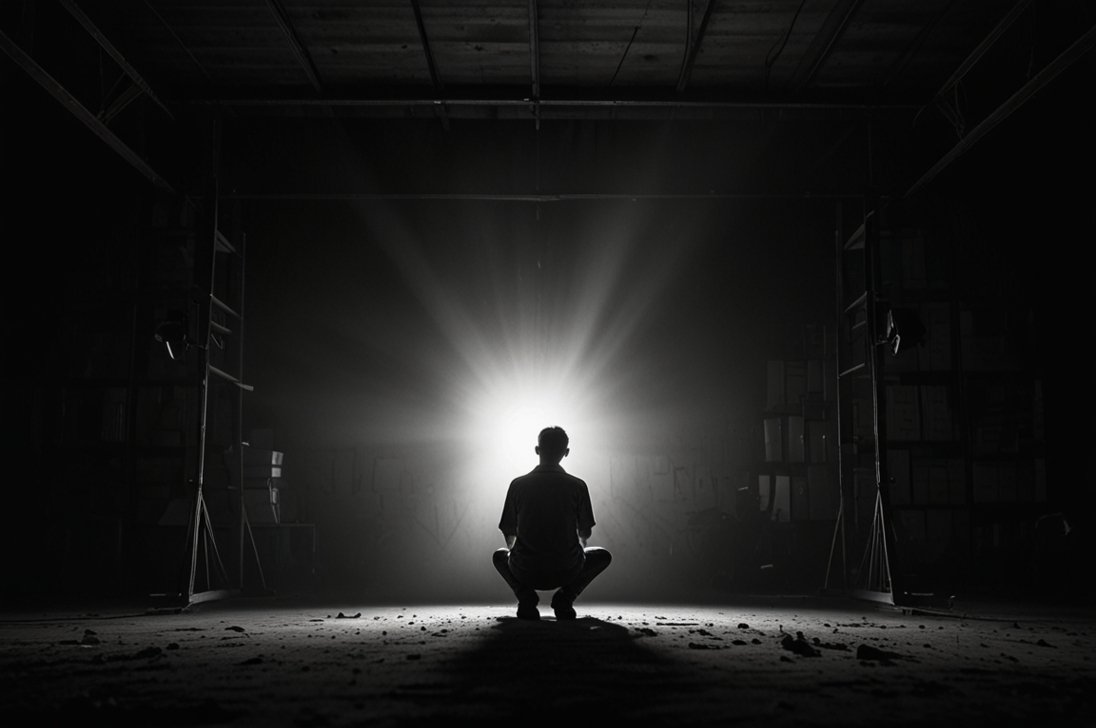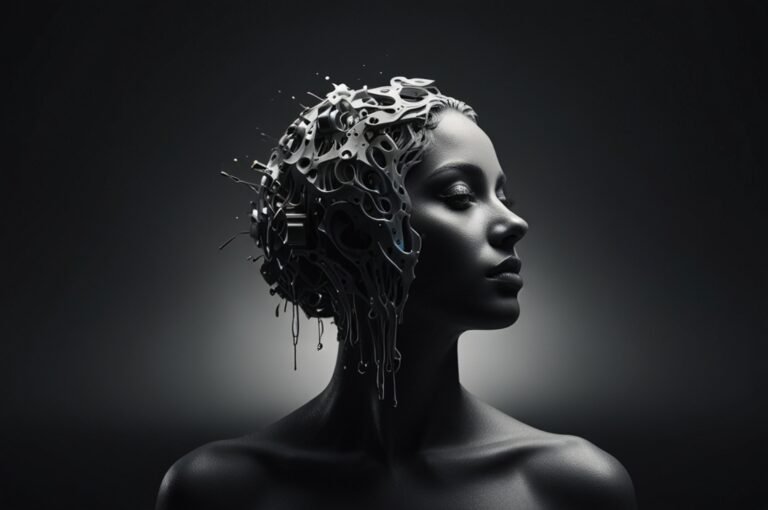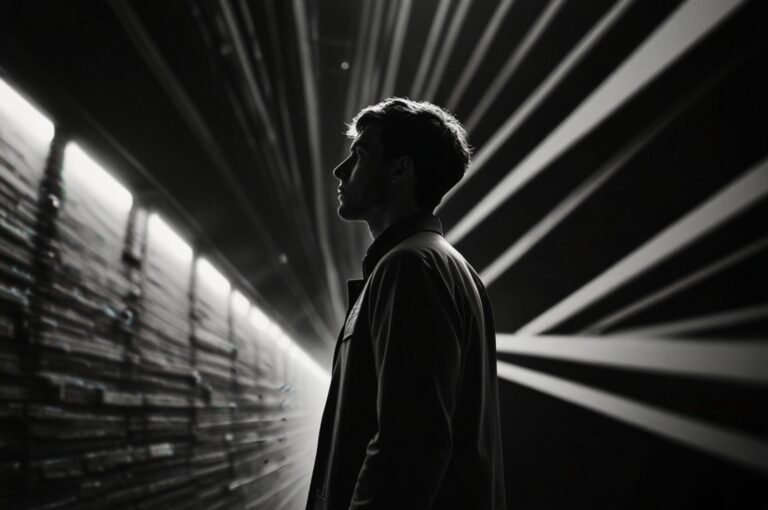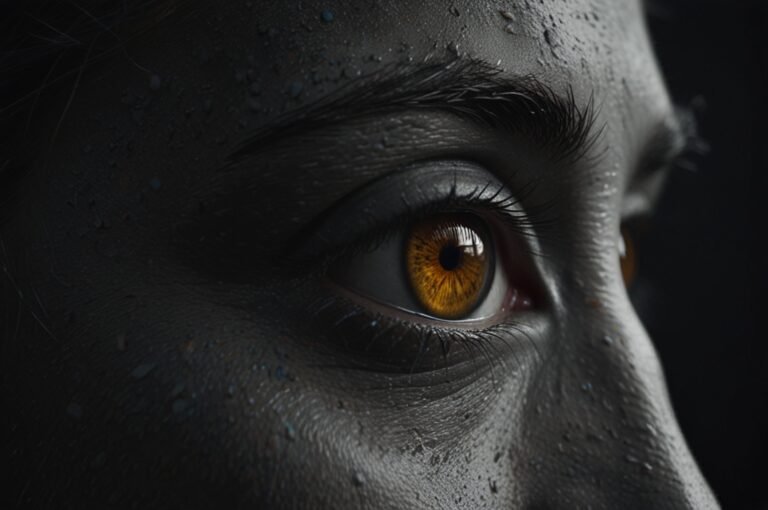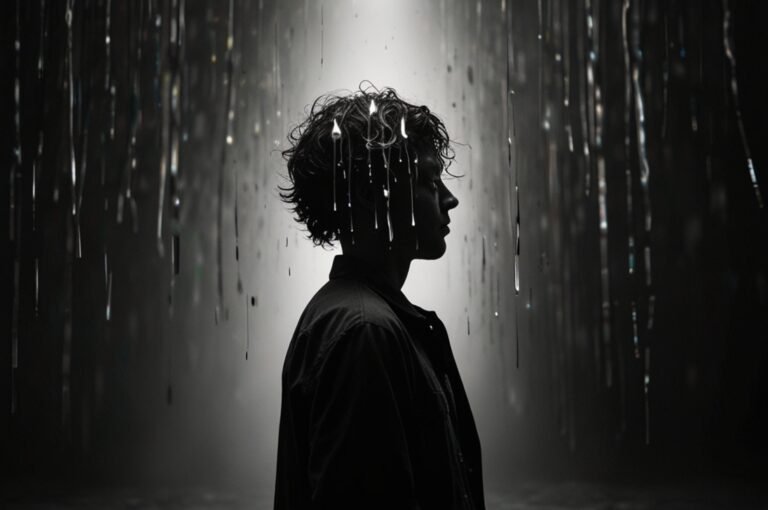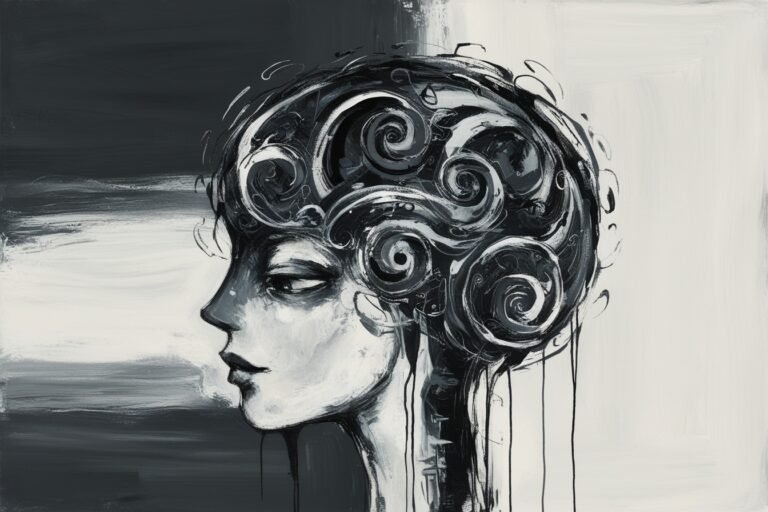Creative Personality Types: Discovering Your Unique Approach to Innovation
Creativity is a powerful force that shapes our world, from artistic expression to scientific discovery and business innovation. However, the way people approach creativity can vary greatly. Understanding your unique creative personality type can help you tap into your natural strengths and approach problems with confidence. In this deep dive, we’ll explore different types of creative personalities, such as visionaries, analyzers, experimenters, and more. We’ll help you identify your own creative type and offer guidance on how you can best harness your unique approach to innovation.
The Concept of Creative Personality Types
People are inherently different in the way they think, solve problems, and generate new ideas. This diversity is a critical component of innovation, as it allows different perspectives to come together in a collaborative environment. While creativity has many definitions, at its core, it is about producing something new and valuable. Understanding your creative personality type can help you identify how you naturally excel at innovation and where you might need support.
Psychologists and researchers have identified several key creative personality types that each approach innovation in a distinct way. These types are not mutually exclusive, and you may find that you identify with more than one category. Let’s explore each of these types in depth.
1. The Visionary
Visionaries are often seen as the classic archetype of the creative individual. They are characterized by their ability to imagine the future and think big. Visionaries are dreamers, capable of envisioning bold new possibilities that others may overlook. They often lead with their ideas and are motivated by the desire to bring their grand visions to life.
Strengths:
- Big Picture Thinking: Visionaries are exceptional at seeing the bigger picture and understanding how different pieces fit together.
- Inspiration: They have a natural ability to inspire others with their enthusiasm and passion for their ideas.
Challenges:
- Execution: Visionaries may struggle with the details required to bring their ideas to fruition. They often need support from others who excel at project management and implementation.
- Overwhelm: With so many ideas, visionaries can sometimes feel overwhelmed and unsure of where to begin.
Harnessing Your Strengths:
If you identify as a visionary, it’s important to focus on finding a team or partners who can help you with the practical aspects of your ideas. Collaboration is key for visionaries to see their big ideas come to life. Embrace brainstorming and ideation, and then look for ways to delegate tasks that require detail-oriented thinking.
2. The Analyzer
Analyzers are detail-oriented and thrive on logic, data, and structure. They are adept at breaking down complex problems and analyzing them step by step. This type of creative personality excels at finding solutions that are grounded in practicality and reason.
Strengths:
- Logical Problem Solving: Analyzers are skilled at dissecting problems and understanding how all the components work together.
- Data-Driven: They prefer to rely on data and research to inform their decisions, which helps them create well-thought-out solutions.
Challenges:
- Overthinking: Analyzers may struggle with overthinking and perfectionism, which can hinder the creative process.
- Resistance to Risk: They may be hesitant to take risks without having a solid plan in place, which can limit their ability to innovate in uncertain environments.
Harnessing Your Strengths:
As an analyzer, it’s essential to balance your need for structure with opportunities for exploration. Allow yourself to experiment and take calculated risks without having all the answers upfront. Collaborate with visionaries who can help you see beyond the data and embrace more abstract possibilities.
3. The Experimenter
Experimenters thrive on trial and error. They are hands-on creatives who love to test out ideas, learn from failures, and iterate on their creations. Experimenters are not afraid of failure; in fact, they see it as an integral part of the creative process.
Strengths:
- Adaptability: Experimenters are flexible and open to change, which allows them to pivot quickly when things aren’t working.
- Resilience: They have a high tolerance for failure and view setbacks as learning opportunities.
Challenges:
- Lack of Focus: Experimenters can sometimes spread themselves too thin by constantly shifting between different ideas.
- Short-Term Thinking: They may struggle with long-term planning, preferring to focus on immediate experiments rather than larger goals.
Harnessing Your Strengths:
If you identify as an experimenter, it’s crucial to set some clear boundaries and goals for your projects. While experimentation is valuable, having a direction can help ensure your efforts lead to meaningful outcomes. Partner with analyzers who can help you refine your experiments into practical solutions.
4. The Connector
Connectors are social creatives who excel at bringing people, ideas, and resources together. They thrive in collaborative environments and are skilled at networking. Connectors often have a broad range of interests, which allows them to see connections between seemingly unrelated fields.
Strengths:
- Networking: Connectors are excellent at building relationships and bringing the right people together to solve problems.
- Cross-Pollination: They have a knack for combining ideas from different domains, leading to innovative solutions.
Challenges:
- Dependency on Others: Connectors may rely too heavily on others to bring their ideas to life, which can be limiting if they lack the right network.
- Difficulty in Solo Work: They may struggle with projects that require extensive independent work.
Harnessing Your Strengths:
As a connector, your ability to build relationships is your greatest asset. Use it to create collaborative projects that bring together diverse perspectives. Seek out opportunities to work with visionaries and analyzers who can help shape the ideas you generate through your connections.
5. The Dreamer
Dreamers are imaginative and introspective. They have vivid inner worlds and often find inspiration in their thoughts and emotions. Dreamers are more comfortable in abstract thinking and enjoy exploring the realm of possibilities without necessarily needing a practical outcome.
Strengths:
- Imagination: Dreamers have a rich inner world that allows them to envision unique concepts and artistic expressions.
- Intuition: They often have a strong sense of intuition and can tap into their emotions to inform their creative work.
Challenges:
- Difficulty in Execution: Dreamers may find it challenging to translate their abstract ideas into tangible outcomes.
- Disconnection from Reality: They can sometimes get lost in their imagination, making it difficult to focus on practical matters.
Harnessing Your Strengths:
To make the most of your creative potential as a dreamer, try to establish routines that help you bring your ideas into the real world. Collaborate with experimenters and analyzers who can help you develop a plan for making your visions a reality.
6. The Innovator
Innovators are driven by a desire to solve problems and make things better. They are constantly looking for opportunities to improve existing systems or create new ones. Innovators are often at the forefront of technological and social advancements, using their creativity to create solutions that make a difference.
Strengths:
- Problem-Solving: Innovators are naturally curious and are always looking for ways to make things work better.
- Forward-Thinking: They are skilled at predicting future needs and developing solutions to meet those needs.
Challenges:
- Impatience: Innovators can sometimes become frustrated when they encounter obstacles or resistance to change.
- Perfectionism: They may struggle with perfectionism, wanting their solutions to be flawless before moving forward.
Harnessing Your Strengths:
If you identify as an innovator, it is important to strike a balance between perfection and progress. Sometimes, getting a prototype out there and iterating based on feedback is better than waiting for the perfect solution. Working with experimenters can help you test your ideas more effectively, while connectors can help you build a network to support your innovations.
7. The Organizer
Organizers are methodical and structured in their approach to creativity. They excel at planning, executing, and ensuring that all the details are in place. Organizers are often the ones who bring creative ideas to life by providing the framework needed for successful implementation.
Strengths:
- Detail-Oriented: Organizers excel at managing the details, ensuring that nothing is overlooked in the creative process.
- Project Management: They are skilled at creating timelines, assigning tasks, and making sure projects stay on track.
Challenges:
- Lack of Flexibility: Organizers may struggle with ambiguity and may feel uncomfortable with the uncertainty that often comes with the creative process.
- Resistance to Change: They may be hesitant to deviate from established plans, even when new opportunities arise.
Harnessing Your Strengths:
As an organizer, your skills are crucial for turning creative ideas into reality. Embrace collaboration with visionaries and dreamers to ensure you have a steady flow of new ideas to work on. Be open to adapting your plans when new opportunities present themselves, and remember that creativity sometimes requires flexibility.
Finding Your Creative Personality Type
Discovering your creative personality type is not about fitting yourself into a single box, but rather understanding your strengths, preferences, and tendencies when it comes to creativity. You may find that you identify with more than one type, and that’s perfectly normal. Creativity is fluid, and your approach may change depending on the context and the type of project you’re working on.
To help you identify your creative personality type, consider the following questions:
- How do you generate ideas? Do you prefer brainstorming big concepts, or do you start with a problem and work step-by-step to find a solution?
- How do you handle uncertainty? Are you comfortable experimenting without knowing the outcome, or do you prefer to have a clear plan in place?
- What motivates you? Are you driven by the desire to innovate, connect with others, or express your inner world?
- How do you prefer to work? Do you enjoy collaborating with others, or do you prefer to work independently?
Reflecting on these questions can help you gain insight into your creative style and identify which personality types resonate most with you.
The Importance of Creative Diversity
Understanding the different creative personality types highlights the importance of creative diversity. Innovation is rarely the result of a single person working in isolation. Instead, it often comes from the collaboration of individuals with different strengths, perspectives, and approaches.
Teams that embrace creative diversity are more likely to come up with innovative solutions because they can draw on a wide range of skills and ideas. Visionaries can provide the big-picture thinking, while organizers ensure that ideas are executed effectively. Analyzers bring data-driven insights, and connectors bring the right people together. By valuing each type of creativity, teams can leverage the full potential of their members.
Enhancing Your Creative Potential
No matter what your creative personality type is, there are ways to enhance your creative potential. Here are some tips for making the most of your unique strengths:
- Embrace Your Natural Tendencies: Lean into the aspects of creativity that come naturally to you. If you’re a visionary, focus on brainstorming and ideation. If you’re an organizer, take pride in your ability to execute ideas effectively.
- Collaborate with Others: Find partners who complement your creative style. If you’re a dreamer, work with an analyzer who can help you refine your ideas. If you’re an experimenter, collaborate with an organizer who can help you stay on track.
- Step Outside Your Comfort Zone: While it’s important to embrace your strengths, growth often comes from stepping outside your comfort zone. If you’re an analyzer, try engaging in activities that encourage divergent thinking. If you’re a visionary, practice focusing on the details of your projects.
- Create a Supportive Environment: Surround yourself with people who support your creative efforts and provide constructive feedback. A supportive environment can help you overcome challenges and stay motivated.
- Practice Mindfulness: Creativity requires mental space, and practicing mindfulness can help you clear your mind and make room for new ideas. Whether it’s through meditation, journaling, or simply taking a walk, find ways to quiet your mind and allow your creativity to flow.
Conclusion: Discovering and Embracing Your Creative Type
Creativity is not a one-size-fits-all concept. Each of us has a unique approach to innovation, shaped by our personality, experiences, and preferences. By understanding your creative personality type, you can gain insight into your natural strengths and find ways to enhance your creative potential.
Whether you’re a visionary, an analyzer, an experimenter, or a connector, each type brings something valuable to the table. Embrace your unique approach to creativity, seek out opportunities to collaborate with others, and remember that creativity is a journey. By discovering and embracing your creative type, you can unlock your full potential and contribute to the world in meaningful and innovative ways.
